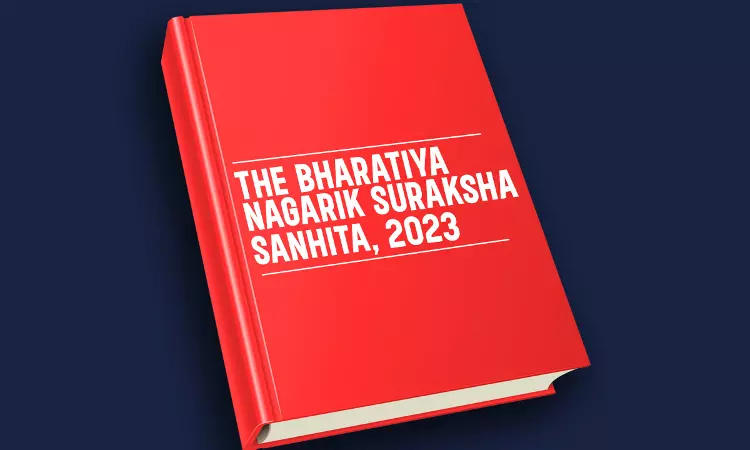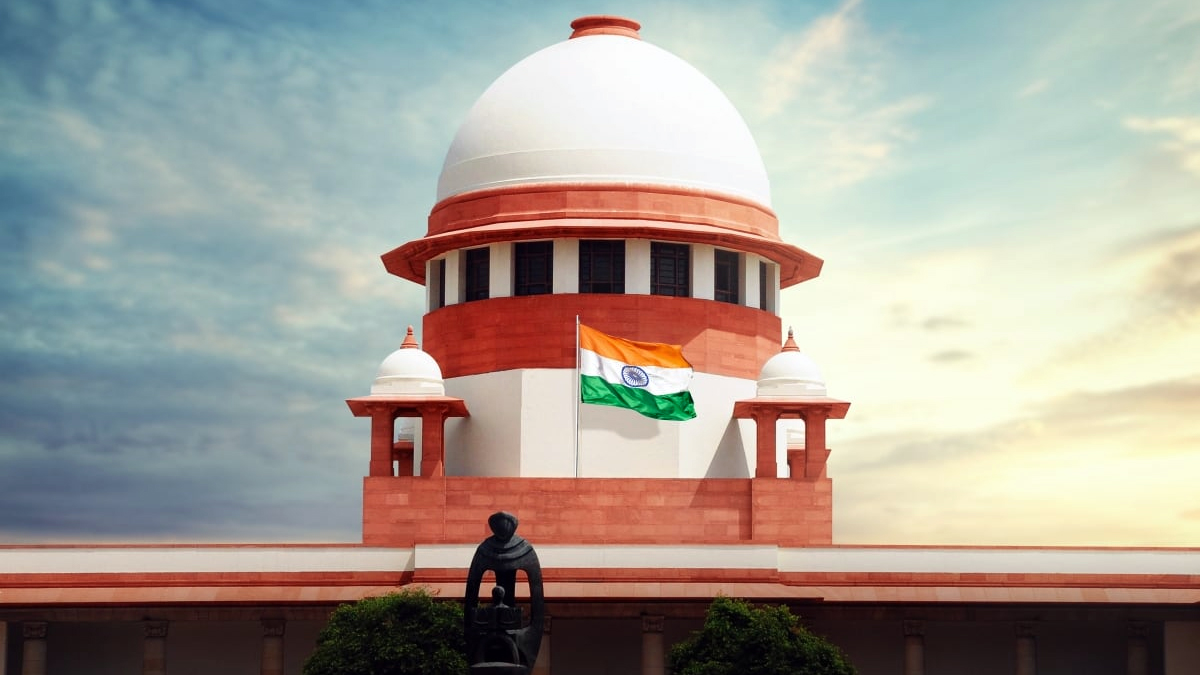
Investigative Audio-Video Technology is Presented by BNSS, Revolutionizing Criminal Procedures
Last Updated on January 15, 2024 by News Desk
The Code of Criminal Procedure has been replaced by the Bhartiya Nagrik Suraksha Sanhita, 2023 (BNSS), marking a significant change in criminal procedure practices. A significant alteration is the inclusion of clauses permitting the use of “audio-visual electronic means” for evidence recording, highlighting the importance of technology in improving crime scene investigations and legal proceedings.
KEY PROVISIONS:
- The BNSS has defined “audio-visual electronic means” as communication equipment that are used for electronic communication transmission, video conferencing, recording identification processes, and search and seizure activities.
- Section 105 requires that all search and seizure activities be audio-video recorded, and that the recordings be sent right away to the appropriate authorities.
- Provocatively, audio-visual recording of confessions and utterances made before a magistrate is not required by law. But it provides the choice, especially for those with physical or mental disabilities.
- Forensic evidence collection at crime scenes is required to be videotaped under Section 176(3) of the law for offenses carrying a maximum sentence of seven years in prison.
- Other Changes: Section 176 makes audio-video recording of testimonies made by victims of rape essential in police investigations.
- Police officers have the option to use audio-video technology to capture witness accounts, according to Section 180.
- Test Identification Parades may be recorded on audio or video under Section 54, especially for those with physical or mental disabilities.
- Section 251(2) establishes the use of audio-visual methods for communicating with the accused, including the explanation of accusations.
- Testimony in Court: Sections 254, 265 and 266 permit the use of audio-visual technological devices for witness examinations, testimony in court, and depositions of evidence.
- Examining the Accused by Video conference: Section 308 gives the authorities the authority to interview the accused electronically, particularly by using video and audio conference equipment at government-designated sites.
- Depositions by Public Employees: Section 336 permits public employees to be deposed by audio-visual methods.
Conclusion
In an effort to improve transparency and trial efficiency, the full incorporation of audio-visual technology within criminal processes under BNSS represents a major advancement in the modernization of the judicial system. The BNSS creates a standard to guide future legal frameworks worldwide as technology grows more and more important to law enforcement.
Written By: Nikita Shankar @nikitaashankar




